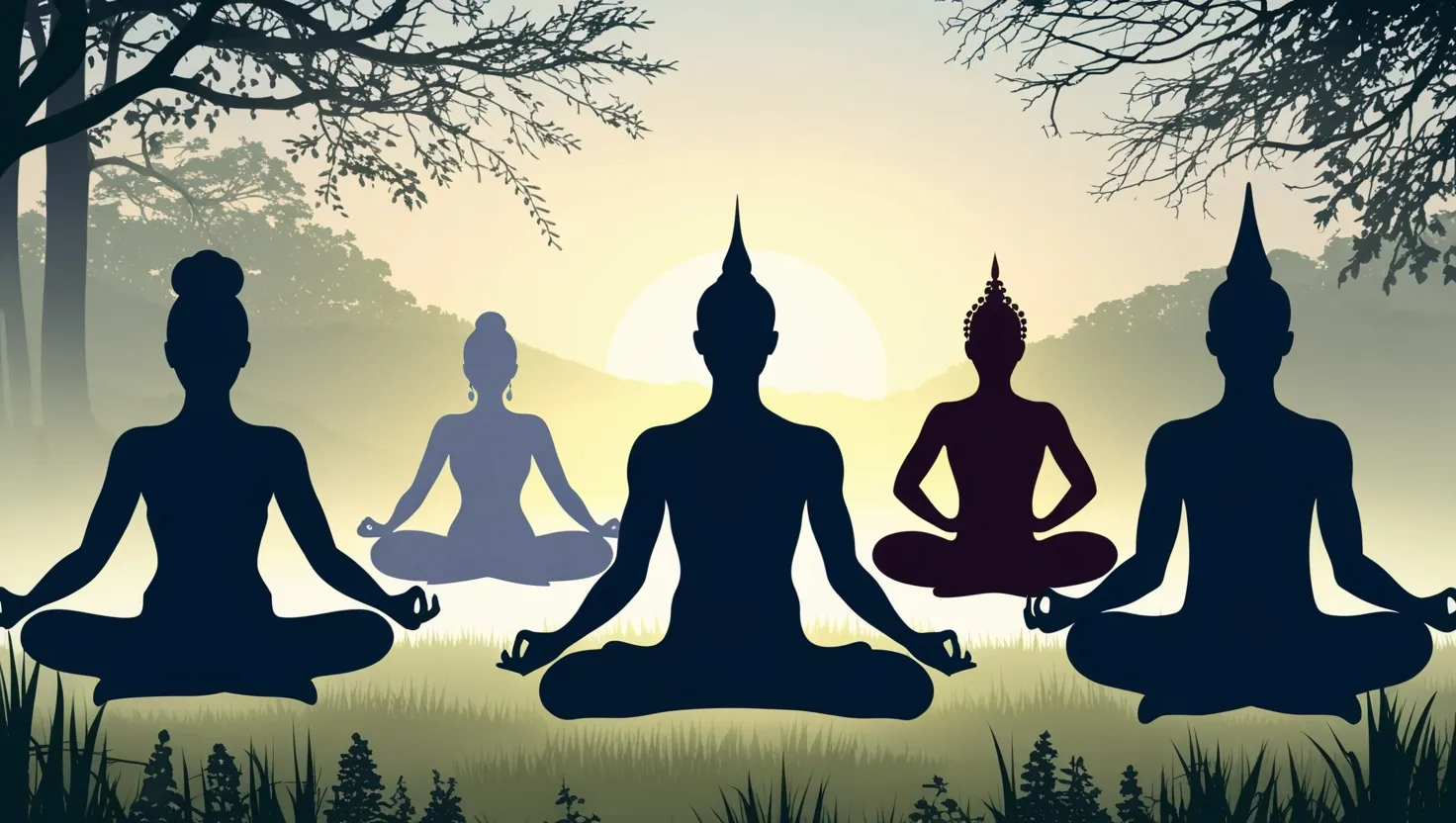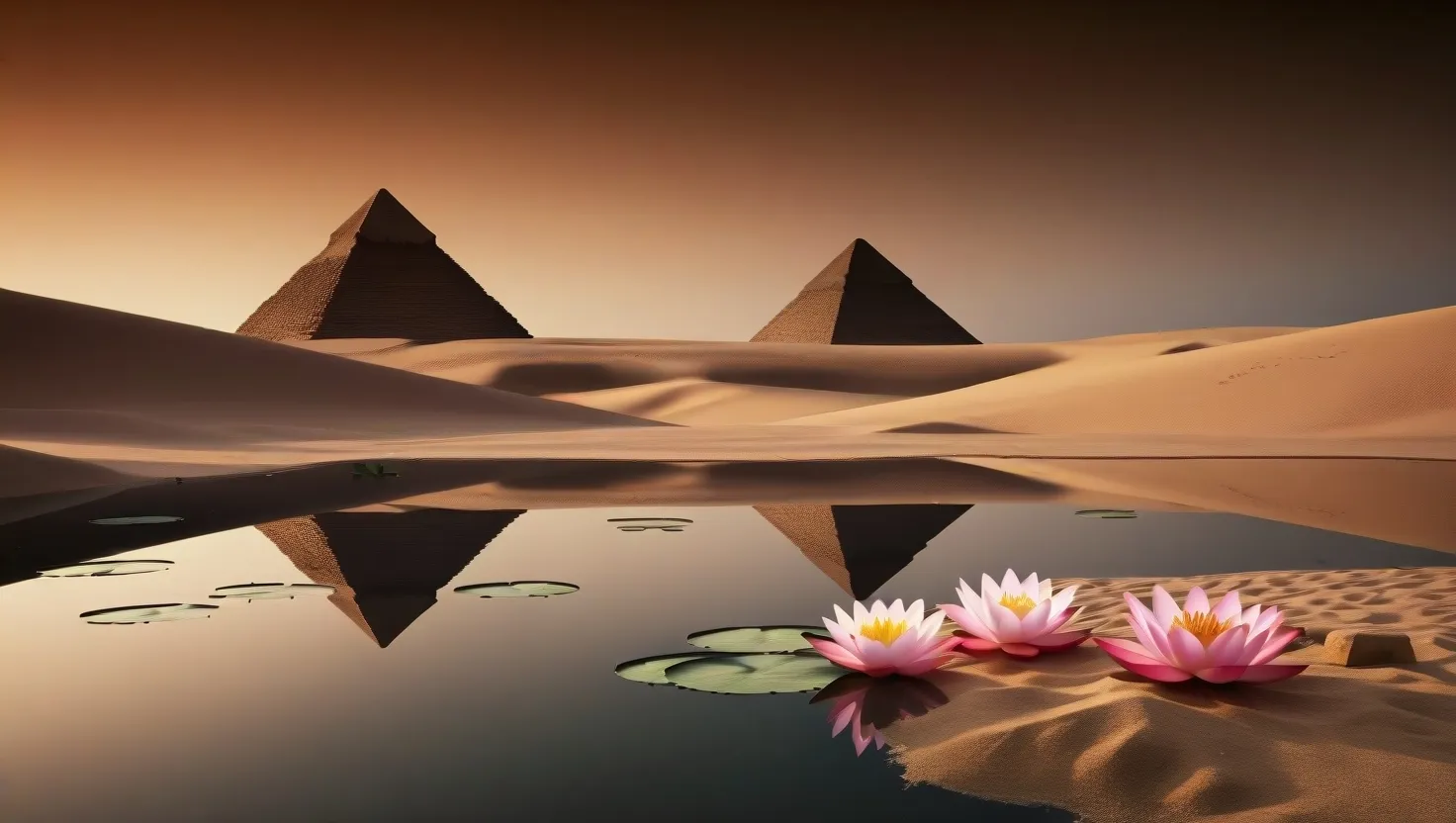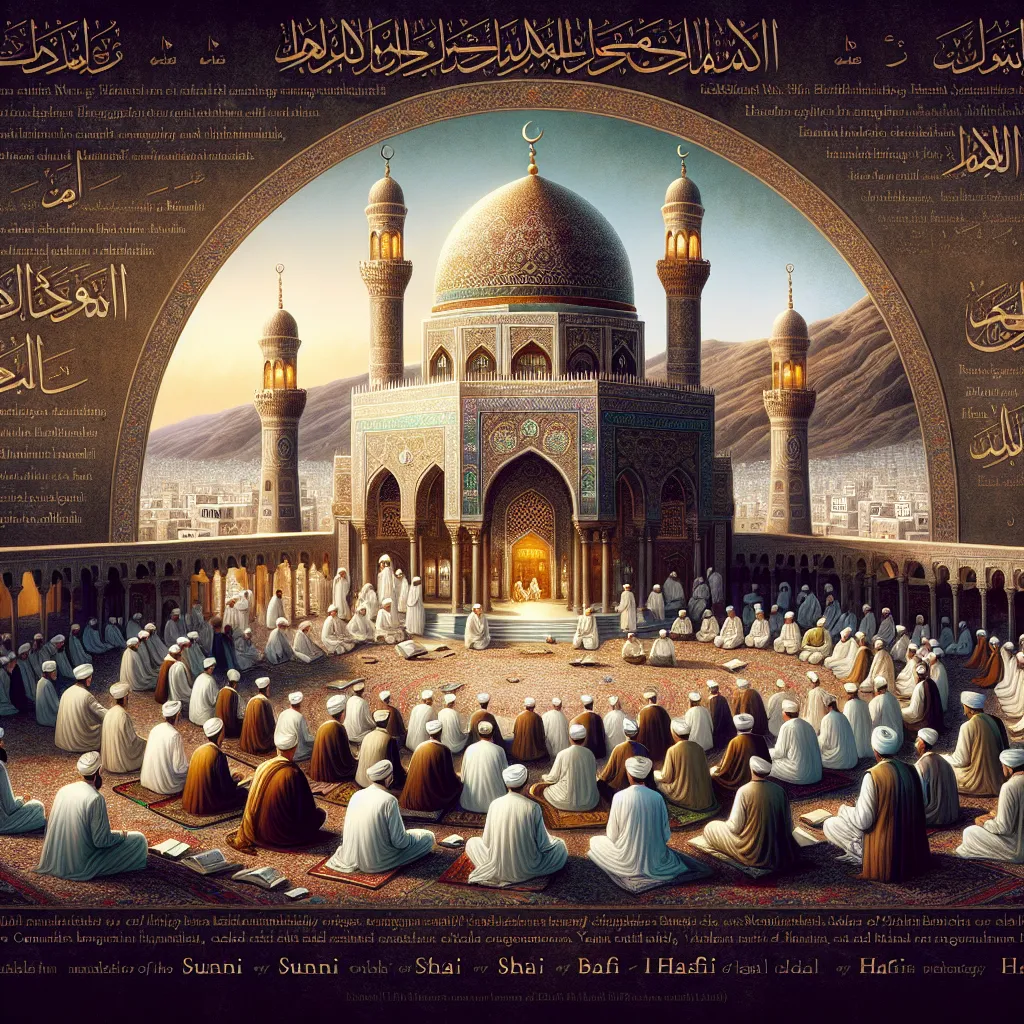The Silent Dimension: 7 Religious Contemplative Practices Through History
Throughout human history, people have sought connection with the divine through stillness and silence. These practices form the hidden backbone of religious traditions worldwide, offering pathways to profound spiritual experiences that complement external rituals. Let’s explore seven remarkable contemplative traditions that have shaped religious experience across cultures and time.
In the bustling world of 17th century England, Quakers developed a revolutionary approach to worship centered on collective silence. Rather than following animated preachers or elaborate liturgies, they gathered in simple meeting houses to sit together in complete stillness. This radical practice stemmed from their belief that each person could directly access the “inner light” of divine presence without intermediaries. What makes Quaker silent prayer particularly fascinating is how it transforms group dynamics. When decisions need making, they emerge not from heated debate but from shared contemplative silence. Have you ever considered how different our political discourse might be if modeled on this approach?
“True silence is the rest of the mind; it is to the spirit what sleep is to the body, nourishment and refreshment.” - William Penn
Eastern Orthodox Christianity offers another profound contemplative tradition in Hesychasm. Developed among monks seeking deep communion with God, this practice centers on the Jesus Prayer: “Lord Jesus Christ, Son of God, have mercy on me, a sinner.” What distinguishes Hesychasm is its integration with breath. Practitioners synchronize this simple prayer with their breathing, creating a rhythm that gradually stills the mind. The monks who cultivated this practice discovered that repetitive prayer aligned with breath could produce altered states of consciousness. Modern neuroscience now studies these states, finding measurable changes in brain activity during contemplative practice. How might these ancient techniques inform our understanding of human consciousness?
The Theravada Buddhist tradition gives us Vipassana meditation, one of the oldest and most systematic approaches to contemplative practice. Unlike practices focused on concentration, Vipassana trains practitioners to develop clear seeing through careful observation of bodily sensations without reaction. This technique reveals impermanence operating within one’s direct experience—the constant flow of sensations arising and passing away mirrors the fundamental Buddhist understanding of reality. The brilliance of Vipassana lies in its empirical quality—rather than accepting philosophical concepts intellectually, practitioners test them through direct observation of their own experience. When was the last time you simply observed your physical sensations without judging or responding to them?
“Peace comes from within. Do not seek it without.” - Buddha
Tibetan traditions offer Dzogchen practice, a particularly subtle approach that involves resting in “natural awareness” beyond conceptual thinking. Unlike concentration practices that focus attention on specific objects, Dzogchen teaches recognition of awareness itself as already complete. This radical non-doing quality distinguishes it from more effortful forms of meditation. Practitioners learn to recognize the spacious quality of consciousness that contains all experience without being defined by any particular content. This approach has influenced modern non-dual approaches to meditation that emphasize presence rather than technique. What would it feel like to rest in awareness without trying to change anything?
Jewish contemplative traditions include hitbodedut, a practice of personal, spontaneous conversation with God in natural settings. Formalized by Hasidic teachers, this practice creates an intimate divine relationship through unrehearsed, honest expression. Unlike formal prayers from established liturgy, hitbodedut encourages practitioners to speak to God in their own words, about their real concerns, as one would speak to a close friend. The practice often takes place in natural settings—forests, fields, or gardens—where privacy allows for complete emotional honesty. This approach recognizes that authentic spiritual connection requires vulnerability. When did you last express your deepest feelings with complete honesty?
“When you pray, rather let your heart be without words than your words without heart.” - John Bunyan
Islamic contemplative tradition includes muraqaba, a practice focusing on divine attributes through silent contemplation. By internally reflecting on specific divine qualities like mercy, generosity, or justice, practitioners gradually embody these characteristics in their interactions with others. This practice represents the inner dimension of Islam, complementing the more visible practices of prayer, fasting, and pilgrimage. Muraqaba practitioners often begin with structured meditation on a specific divine name or attribute before moving into a receptive silence where they experience the quality directly. The goal extends beyond personal experience—practitioners aim to manifest these divine qualities in their communities. How might regular contemplation of positive qualities transform your relationships?
Taoist tradition offers “sitting and forgetting,” a practice that dissolves ordinary conceptual boundaries through quiet attention. This ancient approach cultivates receptivity to natural patterns, influencing traditional Chinese medicine and environmental philosophy. The practitioner gradually lets go of social identity, conceptual thinking, and even the sense of separate self, becoming increasingly receptive to the natural flow of experience. This practice reflects the core Taoist value of wu-wei or “non-doing”—not passivity but rather action aligned with the natural flow of things. What patterns in nature reflect wisdom you could apply to your life?
“Silence is a source of great strength.” - Lao Tzu
These contemplative traditions reveal religion’s inner dimension, often hidden beneath more visible expressions of faith. While theological doctrines and ritual practices vary dramatically across traditions, these silent practices share remarkable similarities. They all recognize that words and concepts have limits when approaching ultimate reality. They all value direct experience over second-hand knowledge. And they all suggest that transformation comes through practice rather than mere belief.
Christian contemplative prayer traces back to the earliest days of the faith. Desert Fathers and Mothers—monks and nuns who moved into the deserts of Egypt, Palestine, and Syria during the 3rd and 4th centuries—practiced intimate, wordless prayer as a way to experience direct communion with God. John Cassian, writing in the 5th century, instructed: “Everyone who longs for the continual awareness of God should be in the habit of meditating on God ceaselessly in his heart, after having driven out every kind of thought.” Pope Gregory the Great later described this as “resting in God,” an experience of what already exists within us rather than seeking something external.
These practices remind us that religion contains both external and internal dimensions. The external aspects—rituals, moral codes, community gatherings—provide structure and shared identity. But the contemplative dimension offers transformative personal experience that gives meaning and depth to these external forms. Without this inner dimension, religious practice risks becoming empty formalism; without the external dimension, contemplative practice may lack ethical grounding and community support.
What makes these traditions particularly relevant today? In our hyperconnected, constantly stimulated world, the capacity for sustained attention and inner silence grows increasingly rare. These ancient practices offer tested methods for developing these capacities. They suggest that wisdom emerges not just from accumulating information but from cultivating awareness itself.
“All of humanity’s problems stem from man’s inability to sit quietly in a room alone.” - Blaise Pascal
I invite you to consider: Which of these approaches resonates most with your temperament and needs? What might happen if you dedicated even a few minutes daily to cultivating inner silence? How might regular contemplative practice change your relationship with yourself, others, and the world?
The contemplative dimension reminds us that at the heart of diverse religious expressions lies a common recognition—that beyond words, concepts, and beliefs exists a direct experience of reality that transforms how we live. These practices offer pathways to that experience, developed and refined across centuries of human spiritual exploration.






